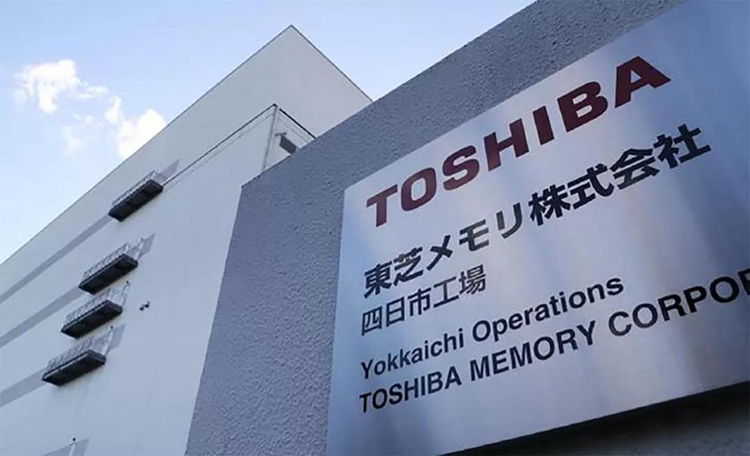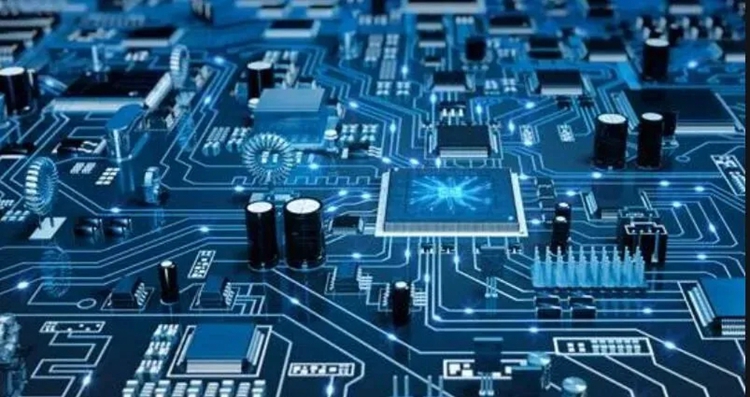According to Japan's "Mainichi Shimbun" reported on November 28, Japan is to revive the semiconductor industry to start the "last gasp".
On September 1, it rained heavily from the morning, but the corner of the industrial park near Hokkaido's New Chitose Airport was filled with a different kind of warm atmosphere. Inside a tent was the groundbreaking ceremony for Rapidus' new factory. The company aims to start mass production of 2-nanometer process semiconductors in 2027.
Yasutoshi Nishimura, Japan's Minister of Economy, Trade and Industry, traveled from Tokyo, and executives from leading companies in Japan and abroad also attended the groundbreaking ceremony. At a ceremony following the ceremony, Japanese Prime Minister Fumio Kishida delivered a video message praising "Rapidus for carrying out a project that constitutes the core of our semiconductor strategy" and pledging full support.
In the 1980s, Japanese companies accounted for more than 50% of the world market in the semiconductor production field. However, due to trade friction with the U.S. and lagging behind in investment judgment, Japanese companies have gradually lost their competitiveness and now account for only about 10% of the market. As Fumio Kishida said, Japan's semiconductor industry is struggling in the "severe winter era".

"Including peripheral industries, the semiconductor industry has begun to shift overseas. In order to keep these industrial bases in Japan, we must manufacture and develop state-of-the-art logic semiconductors domestically." Yuhide Hirai, who has campaigned for the recovery of the semiconductor industry as director of the Business Intelligence Policy Bureau of Japan's Ministry of Economy, Trade and Industry (METI), explained this in an interview with the Mainichi Shimbun. The Japanese government's expectations for Rapidus are thus evident.
The Japanese government hopes to seize the opportunity of the recovery of the semiconductor industry, and increase efforts to support the development of the semiconductor industry. In addition to the 2021 and 2022 years listed a total of 2 trillion yen (about 13.6 billion U.S. dollars) outside the budget, the Japanese government on the 20th in the parliamentary 2023 annual supplemental budget, listed in the scale of 1.9 trillion yen to support the policy.
In the context of the Japanese government's active investment promotion, Taiwan Semiconductor Manufacturing Company Limited (TSMC) in Kumamoto Prefecture to build the first factory, and said it would build a second factory in the prefecture. U.S.-based Micron Technology Inc. plans to set up a plant in Hiroshima Prefecture. Japanese semiconductor giant Armor Man Holdings Inc. and the U.S. Western Digital Corp. plan to set up additional factories in Mie Prefecture.
The Japanese government has made an exception to provide subsidies to companies. According to sources, when TSMC decided to enter Kumamoto in 2021, it asked the Japanese government to bear half of the cost of building the plant. With this as a start, the Japanese government has continued to provide huge subsidies.
On the one hand, the government is actively providing support, but on the other hand, many people in the industry are indifferent to "whether it is possible to advance as desired. The background factor is that the Japanese semiconductor industry has a history of failure.
Japan's attempts to revitalize the domestic semiconductor industry failed one after another. Since the beginning of this century, the Japanese government-led launch of a number of semiconductor programs, such as the New Energy Industry and Technology Development Organization (NEDO) led by the next-generation semiconductor development program MIRAI and so on. However, each time a huge amount of national funding, have not achieved significant results.
The same applies to corporate support. Memorably, the merger of the semiconductor memory businesses of Hitachi, NEC, and Mitsubishi Electric, and the establishment of Elpida Memory, Inc. ended in failure. Despite receiving 30 billion yen in public funding, Elpida's performance did not take off and in 2012 it was forced to file for bankruptcy.
In the summer of 2020, Japan's Ministry of Economy, Trade and Industry (METI) received a proposal from a person associated with U.S.-based semiconductor giant International Business Machines (IBM), which wished to hand over the manufacturing of cutting-edge logic semiconductors developed by IBM on the 2-nanometer process to a Japanese company. Hirai Yuhide said excitedly at the time, "This is the last chance to promote the recovery of the domestic semiconductor industry."

The 3-nanometer process products that TSMC and South Korea's Samsung Electronics Co. will begin mass production of from 2022 are the most cutting-edge semiconductors currently available. In stark contrast, Japanese companies can only produce 40-nanometer process general-purpose products. The difference is clear at a glance.
At the same time, there was a private individual who received an offer from IBM. He was Tetsuro Higashi, who had been chairman and president of Tokyo Electron. Tetsuro Higashi is an important person who is very familiar with the global semiconductor industry.
"If we can mass produce 2-nanometer process products, we can reverse the disadvantage in one fell swoop." The Ministry of Economy, Trade and Industry (METI) and Tetsuro Higashi began to secretly search for a manufacturer. But cutting-edge semiconductor manufacturing requires huge investments, which discouraged companies.
Desperate, the Ministry of Economy, Trade and Industry and Tetsuro Higashi made a final move in 2022. Tetsuro Higashi took the lead in establishing Rapidus, a new company responsible for the production of advanced semiconductors.
Including Chairman Tetsuro Higashi, Rapidus was founded with only a dozen employees. The Japanese government decided to subsidize it with 330 billion yen. But will the Japanese semiconductor industry, which once had the world's largest market share, be able to regain its former glory?

